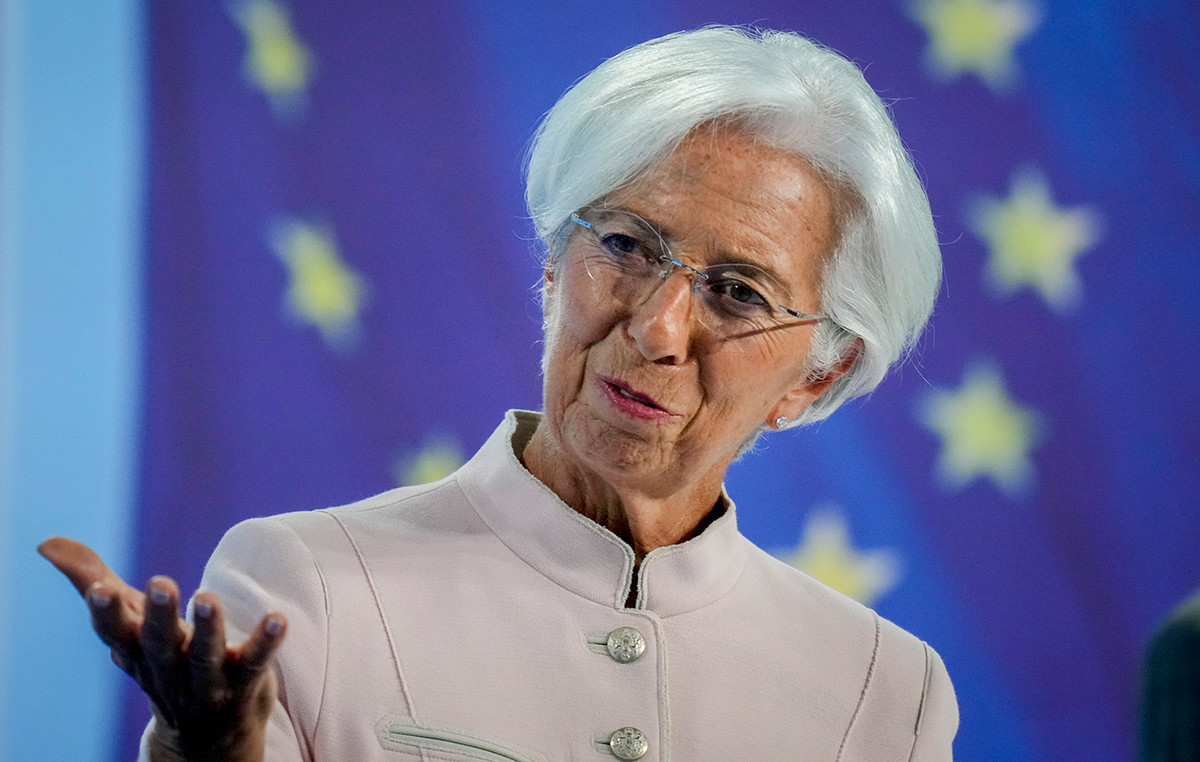This is what you need to know to operate today Friday, July 4:
The markets remain relatively quiet early in Friday and the US dollar index (USD) goes back after registering profits for two consecutive days. The May Production Price Index (IPP) for the Eurozone will be the only highlight in the European Economic Calendar. Financial markets in the US will remain closed on the occasion of the July 4 holiday, racing the way for a contained action for the weekend.
US dollar price this week
The lower table shows the percentage of the US dollar change (USD) compared to the main currencies this week. American dollar was the weakest currency against the Canadian dollar.
| USD | EUR | GBP | JPY | CAD | Aud | NZD | CHF | |
|---|---|---|---|---|---|---|---|---|
| USD | -0.43% | 0.25% | -0.07% | -0.92% | -0.52% | -0.36% | -0.74% | |
| EUR | 0.43% | 0.65% | 0.39% | -0.50% | -0.12% | 0.08% | -0.32% | |
| GBP | -0.25% | -0.65% | -0.45% | -1.14% | -0.76% | -0.59% | -0.97% | |
| JPY | 0.07% | -0.39% | 0.45% | -0.86% | -0.41% | -0.25% | -0.63% | |
| CAD | 0.92% | 0.50% | 1.14% | 0.86% | 0.35% | 0.56% | 0.18% | |
| Aud | 0.52% | 0.12% | 0.76% | 0.41% | -0.35% | 0.18% | -0.20% | |
| NZD | 0.36% | -0.08% | 0.59% | 0.25% | -0.56% | -0.18% | -0.38% | |
| CHF | 0.74% | 0.32% | 0.97% | 0.63% | -0.18% | 0.20% | 0.38% |
The heat map shows the percentage changes of the main currencies. The base currency is selected from the left column, while the contribution currency is selected in the upper row. For example, if you choose the US dollar of the left column and move along the horizontal line to the Japanese yen, the percentage change shown in the box will represent the USD (base)/JPY (quotation).
The data published by the US Labor Statistics Office showed on Thursday that non -agricultural payroll (NFP) in the US increased by 147,000 in June. This figure was better than the market expectation of an increase of 110,000. In this period, the unemployment rate decreased to 4.1% from 4.2%. The USD gained strength with the immediate reaction to optimistic employment data and the USD index rose to a maximum of six days above 97.40. In Friday, the index corrected down and remains in negative territory below 97.00.
At the last minute of Thursday, the US Chamber of Representatives approved the bill of tax cuts and expenses of President Donald Trump and sent it back to sign it. Meanwhile, Trump said he will start sending letters on commercial tariffs starting Friday. He added that he hopes to sign “a couple more agreements” and noted that countries will begin paying tariffs from August 1. The main Wall Street indices registered strong profits on Thursday.
During Friday’s Asian session, the China Ministry of Commerce declared in a statement that China and the US are intensifying efforts to implement the results of the London framework. AUD/USD He showed no reaction to this headline and was last operating flat on the day around 0.6570.
EUR/USD He lost more than 0.3% on Thursday, but managed to find a point of support early Friday. The pair was last operating modestly upwards in the day in 1,1780. The president of the European Central Bank (ECB), Christine Lagarde, reiterated early in Friday that they will do what is necessary to achieve the target of inflation.
After the strong fall of Wednesday caused by political nerves in the United Kingdom, GBP/USD He ignored the general strength of the USD and registered small profits on Thursday. In Friday, the pair remains firm and listed above 1,3650.
USD/JPY It is kept under bearish pressure and descends around 144.00 after increasing almost 1% on Thursday.
Gold He broke a three -day streak on Thursday, losing around 1% in the day. The Xau/USD stands firm early on Friday and bounces above $ 3,340.
EMPLOYMENT – FREQUENT QUESTIONS
The conditions of the labor market are a key element to evaluate the health of an economy and, therefore, a key factor for the assessment of currencies. A high level of employment, or a low level of unemployment, has positive implications for consumer spending and, therefore, for economic growth, which drives the value of the local currency. On the other hand, a very adjusted labor market – a situation in which there is a shortage of workers to cover vacancies – can also have implications in inflation levels and, therefore, in monetary policy, since a low labor supply and high demand lead to higher wages.
The rhythm to which salaries grow in an economy is key to political leaders. A high salary growth means that households have more money to spend, which usually translates into increases in consumer goods. Unlike other more volatile inflation sources, such as energy prices, salary growth is considered a key component of the underlying and persistent inflation, since it is unlikely that salary increases will fall apart. Central banks around the world pay close attention to salary growth data when deciding their monetary policy.
The weight that each central bank assigns to the conditions of the labor market depends on its objectives. Some central banks have explicitly related mandates to the labor market beyond controlling inflation levels. The United States Federal Reserve (Fed), for example, has the double mandate to promote maximum employment and stable prices. Meanwhile, the only mandate of the European Central Bank (ECB) is to maintain inflation under control. Even so, and despite the mandates they have, labor market conditions are an important factor for the authorities given its importance as an indicator of the health of the economy and its direct relationship with inflation.
Source: Fx Street
I am Joshua Winder, a senior-level journalist and editor at World Stock Market. I specialize in covering news related to the stock market and economic trends. With more than 8 years of experience in this field, I have become an expert in financial reporting.







